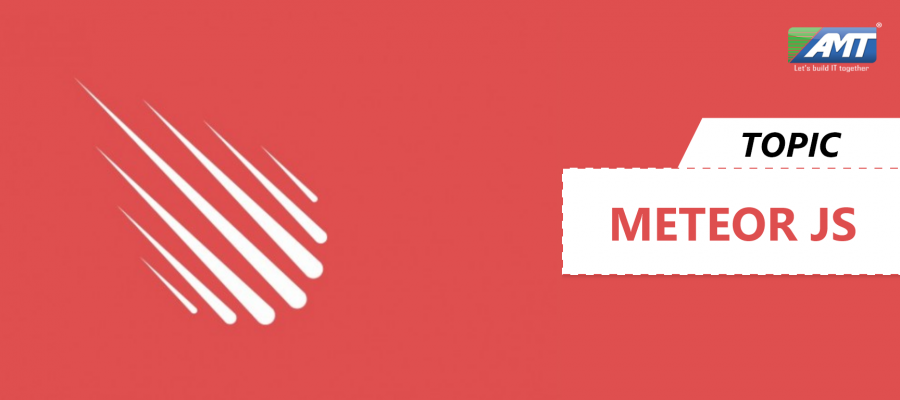MeteorJS, is a free and open-source isomorphic JavaScript web framework written using Node.js. Meteor allows for rapid prototyping and produces cross-platform (Android, iOS, Web) code. It integrates with MongoDB and uses the Distributed Data Protocol and a publish–subscribe pattern to automatically propagate data changes to clients without requiring the developer to write any synchronization code. On the client, Meteor can be used with its own Blaze templating engine, as well as with the Angular or React frameworks.
A web framework (WF) or web application framework (WAF) is a software framework that is designed to support the development of web applications including web services, web resources, and web APIs. Web frameworks provide a standard way to build and deploy web applications on the World Wide Web. Web frameworks aim to automate the overhead associated with common activities performed in web development. For example, many web frameworks provide libraries for database access, templating frameworks, and session management, and they often promote code reuse. Although they often target development of dynamic web sites, they are also applicable to static websites.
Many frameworks follow the MVC architectural pattern to separate the data model with business rules from the user interface. This is generally considered a good practice as it modularizes code, promotes code reuse, and allows multiple interfaces to be applied. In web applications, this permits different views to be presented, such as web pages for humans, and web service interfaces for remote applications.
Most MVC frameworks follow a push-based architecture also called “action-based”. These frameworks use actions that do the required processing, and then “push” the data to the view layer to render the results.
Django, Ruby on Rails, Symfony, SpringMVC, Stripes, Sails.js, Diamond, CodeIgniter are good examples of this architecture. An alternative to this is pull-based architecture, sometimes also called “component-based”. These frameworks start with the view layer, which can then “pull” results from multiple controllers as needed. In this architecture, multiple controllers can be involved with a single view. Lift, Tapestry, JBoss Seam, JavaServer Faces, (µ)Micro, and Wicket are examples of pull-based architectures. Play, Struts, RIFE, and ZK have support for both push- and pull-based application controller calls.
In three-tier organization, applications are structured around three physical tiers: client, application, and database. The database is normally an RDBMS. The application contains the business logic, running on a server and communicates with the client using HTTP. The client on web applications is a web browser that runs HTML generated by the application layer. The term should not be confused with MVC, where, unlike in three-tier architecture, it is considered a good practice to keep business logic away from the controller, the “middle layer”.
Meteor is developed by Meteor Software. The startup was incubated by Y Combinator and received $11.2M in funding from Andreessen Horowitz in July 2012. Meteor raised an additional $20M in Series B funding from Matrix Partners, Andreessen Horowitz and Trinity Ventures. It intends to become profitable by offering Galaxy, an enterprise-grade hosting environment for Meteor applications.
Having been in development for about 8 months, Meteor was initially released in December 2011 under the name Skybreak. By April 2012, the framework was renamed Meteor and officially launched. During the next few months, and with the help of large investments from Andreessen Horowitz and endorsements from high-profile figures in the startup world, Meteor steadily increased its user base and became more commonly used in production websites.
Particularly after receiving large amounts of venture capital in its Series B funding round, Meteor acquired and integrated several other startups into its core product. Acquisitions have included FathomDB, a cloud database startup, Galaxy, a cloud platform for operating and managing Meteor applications, and Kadira, a performance monitoring solution. Meteor has successfully monetized its userbase: In 2016, Meteor beat its own revenue goals by 30% by offering web hosting for Meteor apps through Galaxy.
From 2016 the Meteor Development Group (the open source organisation powering Meteor) started working on a new backend layer based on GraphQL to gradually replace their pub/sub system, largely isolated in the whole node.js ecosystem: the Apollo framework.
In 2019, the Meteor framework and Galaxy Hosting Products were purchased by Tiny Capital. and renamed Meteor Software.
The above is a brief about MeteorJS. Watch this space for more updates on the latest trends in Technology.
